All resources on this site are contributed by netizens or reprinted by major download sites. Please check the integrity of the software yourself! All resources on this site are for learning reference only. Please do not use them for commercial purposes. Otherwise, you will be responsible for all consequences! If there is any infringement, please contact us to delete it. Contact information: admin@php.cn
Related Article
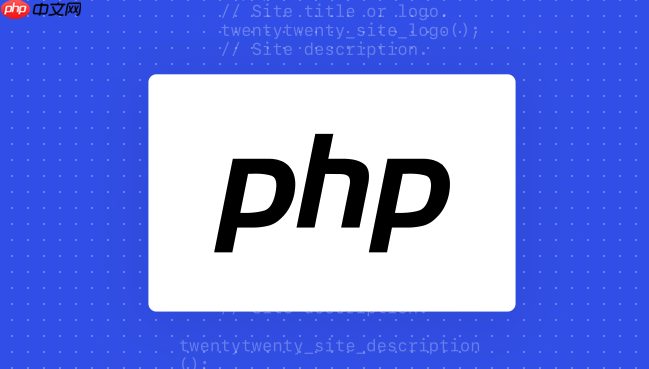 PHP realizes image upload and processing monetization PHP image management and optimization technology
PHP realizes image upload and processing monetization PHP image management and optimization technology
25 Jul 2025
Effectively managing massive images requires CDN or cloud storage to improve performance and scalability; 2. Optimize file structure through reasonable naming rules and directory storage; 3. Use PHP to automatically compress and convert it into efficient formats such as WebP to reduce volume; 4. Combine front-end responsive images and lazy loading technology to improve loading speed; 5. Realize signature URL anti-theft chain and upload security verification to prevent malicious files, thereby building a safe and efficient picture system to support commercial monetization.
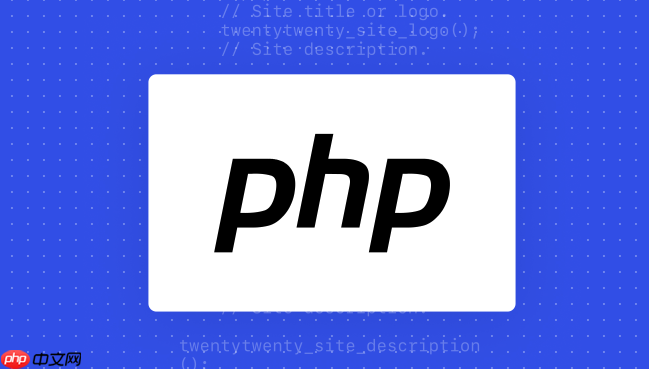 PHP integrated AI intelligent image processing PHP image beautification and automatic editing
PHP integrated AI intelligent image processing PHP image beautification and automatic editing
23 Jul 2025
PHP integrated AI image processing requires the help of a third-party API or local model, which cannot be directly implemented; 2. Use ready-made services such as Google CloudVision API to quickly realize facial recognition, object detection and other functions. The advantages are fast development and strong functions. The disadvantages are that they need to pay, rely on the network and have data security risks; 3. Deploy local AI models through PHP image library such as Imagick or GD combined with TensorFlowLite or ONNXRuntime. It can be customized, the data is safer, and the cost is low, but the development is difficult and requires AI knowledge; 4. Mixed solutions can combine the advantages of API and local model, such as using API for detection and beautification of local models; 5. Selecting AI image processing API should be comprehensive
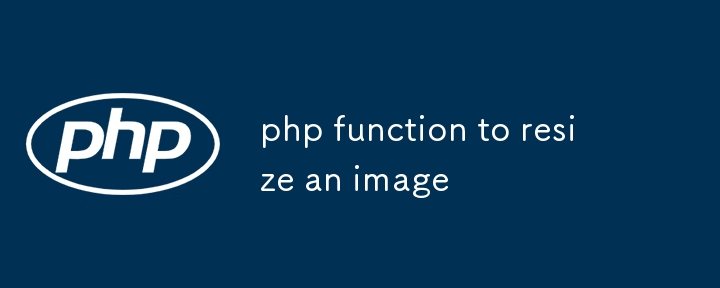 php function to resize an image
php function to resize an image
22 Jul 2025
The most direct way to resize images using PHP is to use the GD library. 1. Load the original image; 2. Create a new canvas of the specified size; 3. Copy and resample the original image onto the new canvas. If the aspect ratio needs to be maintained, the target size is dynamically adjusted by calculating the aspect ratio. After the adjustment is completed, you can choose to output the image to the browser or save it to a file and use imagedestroy() to free up memory. When processing PNG images, transparent channel support is required. Make sure the GD library is enabled and verify the file type and size before processing uploaded images.
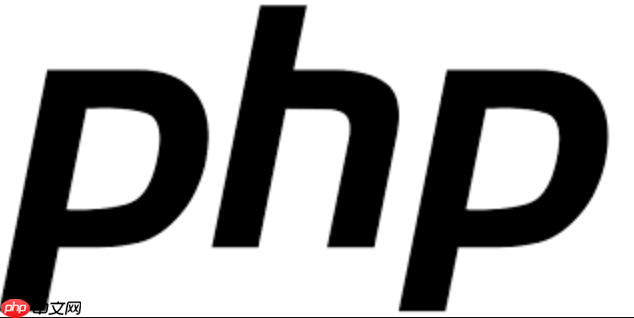 How to use PHP to realize AI image style conversion PHP image special effects automation processing
How to use PHP to realize AI image style conversion PHP image special effects automation processing
25 Jul 2025
To use PHP to implement AI image style conversion, you need to follow the following steps: 1. Select a suitable AI model, such as CycleGAN or StyleTransfer, and you can use the trained model or train it yourself; 2. Deploy the model to the server, such as TensorFlowServing or TorchServe; 3. PHP calls the AI model and execute it through shell_exec or Symfony/Process components; 4. Use GD library or Imagick extension to perform image preprocessing; 5. Color adjustment, sharpening and other post-processing of the conversion results; 6. Display the results through HTML, CSS, and JavaScript. PHP acts as a bridge and is responsible for connecting
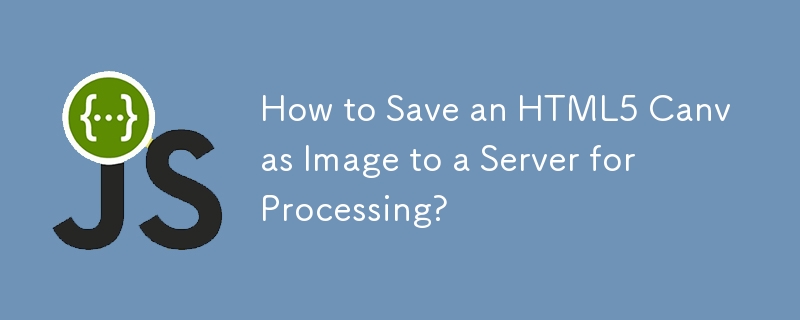 How to Save an HTML5 Canvas Image to a Server for Processing?
How to Save an HTML5 Canvas Image to a Server for Processing?
17 Dec 2024
How to Save an HTML5 Canvas as an Image on a Server for Image ProcessingIn image-processing applications, users often need to save generated...
 Building an Express web App for File Uploads and Dynamic Image Processing on the fly
Building an Express web App for File Uploads and Dynamic Image Processing on the fly
12 Nov 2024
Guide: Building an Express web app for File Uploads and Dynamic Image Processing In this tutorial, we will show you how to build a server with Express.js that handles file uploads and performs dynamic image processing like resizing, format conv


Hot Tools

PHP multifunctional image processing class
PHP multifunctional image processing class

PHP library for creating animated GIFs
PHP library for creating animated GIFs





